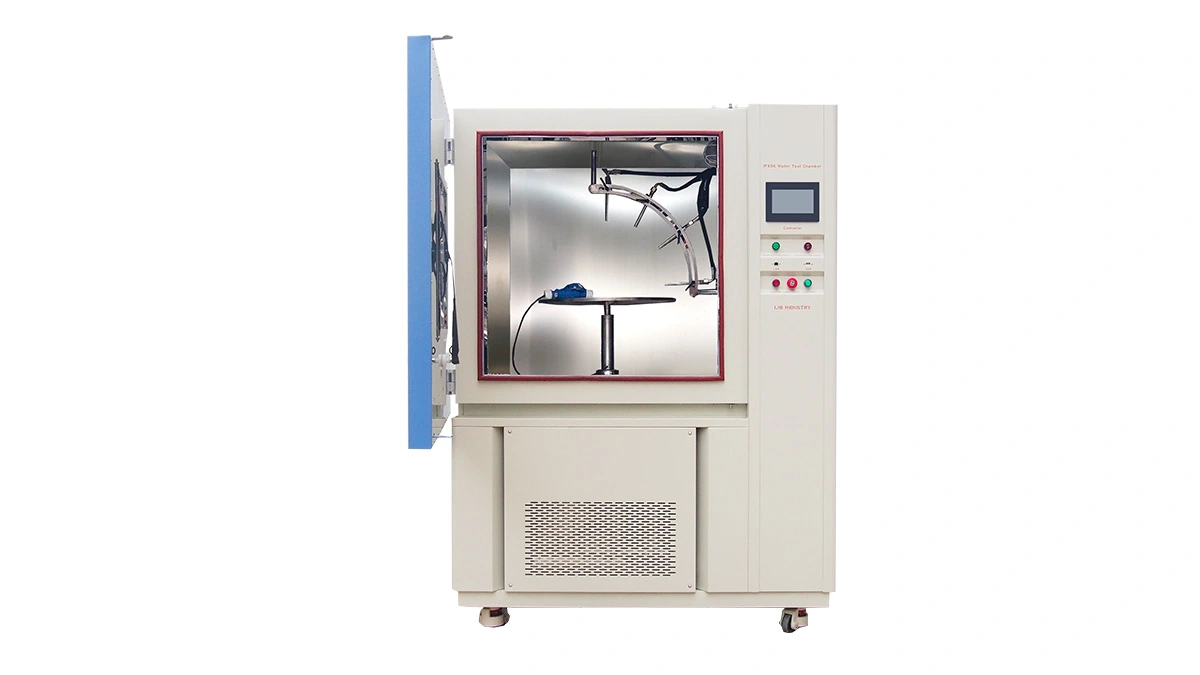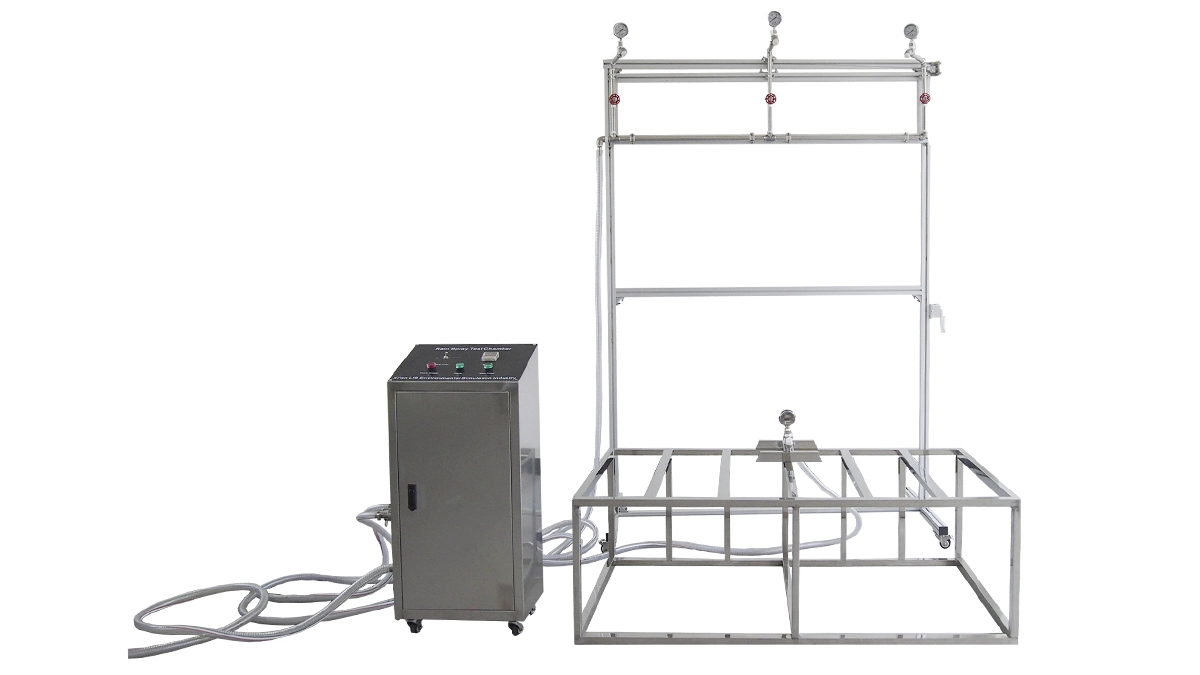
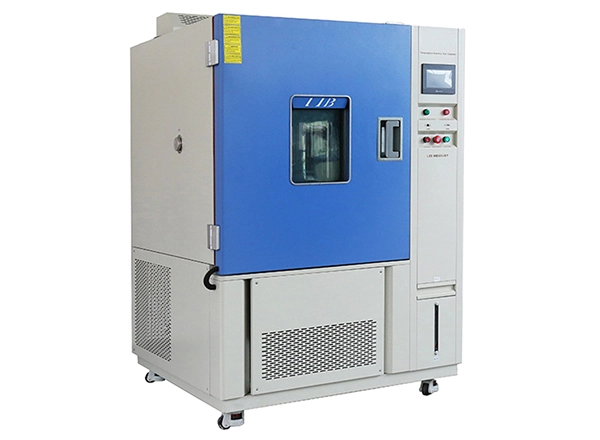
As a professional manufacturer of environmental test equipment design, production and delivery with more than 26 years of experience, LIB provides various types of thermal shock test chambers to meet the needs of different industries.
This article will focus on the structural differences between horizontal and vertical thermal shock test chambers, and expand on LIB's diverse product line of thermal shock technologies.
The vertical thermal shock test chamber is also composed of a high temperature zone, a low temperature zone and a test zone. The difference is that the high and low temperature zones are arranged up and down.
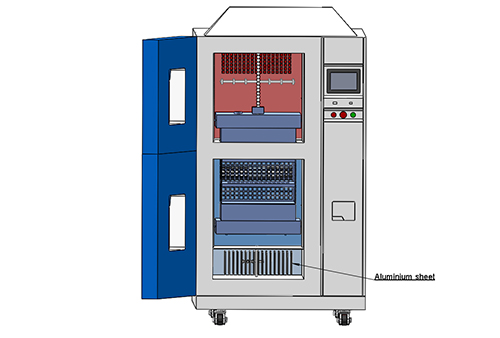
The test zone is located in the middle, and the samples are moved vertically between the high and low temperature zones through the basket.
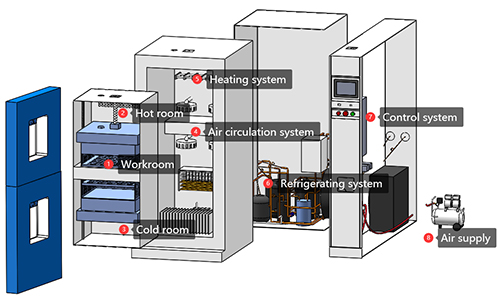
The gravity moves in the direction and the structure is more stable.
Up and down switching speed, high temperature conversion efficiency.
The overall height of the device is high.
The horizontal thermal shock chamber is composed of three parts: high temperature zone, low temperature zone and test zone. The structure is arranged in such a way that the high temperature zone and the low temperature zone are located on the left and right sides of the test zone.
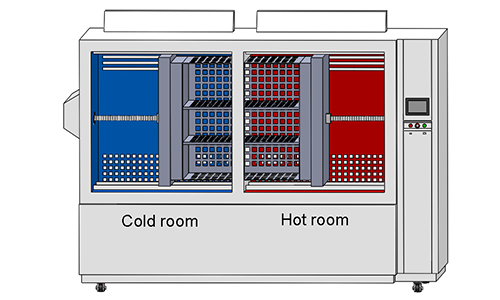
During the test, the sample is moved horizontally between high and low temperature zones by an electric slide or cylinder system to achieve rapid temperature conversion.
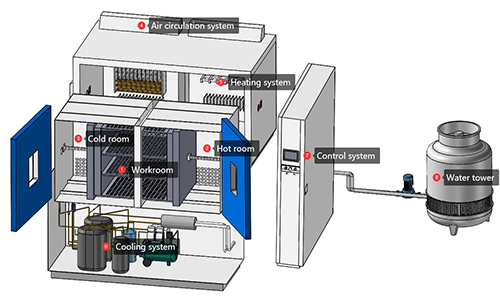
The small footprint is suitable for laboratories with limited space.
The sample movement process is smooth, suitable for electronic components sensitive to vibration.
Easy operation, centralized maintenance space.
In addition to the conventional horizontal and vertical two-chamber thermal shock test chambers, LIB also offers more specialized thermal shock solutions:
It is used to simulate the rapid introduction of a product from a high-temperature air environment into a cryogenic liquid, or vice versa
Quickly switch between two thermostatic liquid tanks for test environments requiring extreme rates of temperature change.

Whether you are concerned about thermal shock efficiency, device space constraints, or specific test scenario requirements, LIB has the right solution for you. Contact the LIB team and we will tailor your thermal shock test system!
 English
English русский
русский français
français العربية
العربية Deutsch
Deutsch Español
Español